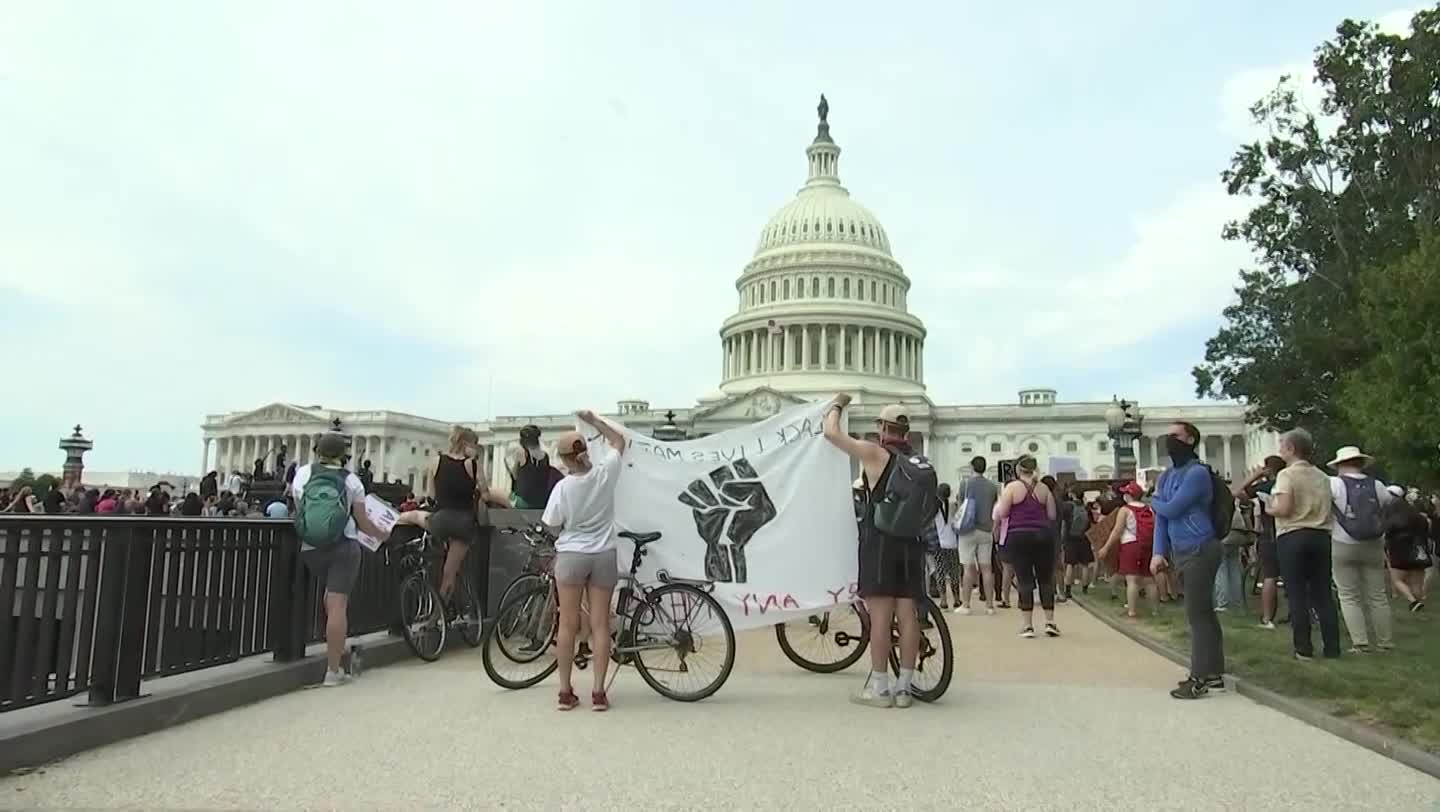Once unthinkable, tuition-free college has become a reality.
Three states and one city have enacted measures in the past two years. And lawmakers in several other places across the country are considering similar programs.
More than 30,000 Tennesseans and 7,000 Oregonians have gone to community college tuition free already. Students in New York and San Francisco are set to start on the same path this fall. And it’s picking up steam, with lawmakers in several other places across the country considering similar programs.
The issue started drawing attention in 2015, when President Obama proposed making community college free nationwide. At the time, the idea sounded far-fetched to many — but Tennessee had already approved the Tennessee Promise scholarship, which made community college free for students graduating high school that year. (The state is now expanding the program to all adults.)
The idea generated even more buzz during the 2016 presidential election when both Bernie Sanders and Hillary Clinton threw in their support. Obama, Sanders and Clinton wanted both the federal and state governments to split the tab. But the idea has not gained support from Republicans on the federal level.
States — both blue and red — have forged ahead, though, touting free tuition as a way to create a strong workforce.
How the plan works
In most states, it’s given in the form of scholarships that cover the remaining cost of tuition after using other needs-based grants. Some plans have age limits and others an income cap.
Free tuition doesn’t mean there aren’t any costs to the student. All the additional fees that colleges charge for technology use, orientation, and other items, aren’t covered. Students who live on campus also need to pay for room and board themselves.
And yes, somebody’s got to pay for it. Taxpayers are on the hook in most states. Tennessee’s program is fully funded by the state lottery.
Here’s where tuition-free college stands nationwide:
Tennessee
Starting in 2018, all students in Tennessee including adults will become eligible for free tuition at the state’s community colleges and technical schools as long as they don’t already have an associate’s or bachelor’s degree. It is an expansion of a program that began in 2015 offering free tuition to students who had graduated high school the previous spring.
Students must be state residents for at least a year before applying. To keep the scholarship, they have to enroll at least part-time, maintain a 2.0 GPA and complete eight hours of community service each semester.
The program cost the state about $12 million in the first year and is expected to cost an additional $10 million a year to include adults.
San Francisco
All 28,000 students at City College of San Francisco won’t have to pay for their tuition, starting this fall. The program is one of the most progressive because every resident is eligible no matter their age. And unlike other plans, it doesn’t matter whether you’re pursuing a degree or simply want to take one class. It also offers the poorest students additional money to help pay for these other expenses.
The city is increasing a real estate transfer tax on luxury properties to pay for the scholarship, which is expected to cost $5.4 million over the first two years.
New York
In April, New York became the first state to make tuition free for both two- and four- year colleges beginning this fall. Eligible undergraduate students won’t have to pay anything for tuition at a State University or City University of New York school.
But students whose families earn more than $125,000 a year won’t be eligible. Though there’s no age limit, you cannot already have a degree. You also must enroll as a full-time student and are required to live and work in New York for the same number of years you received the scholarship.
The program is expected to cost the state $163 million in its first year, but that number will grow each year as more students join.
Oregon
Students who started community college in the fall of 2016 were the first to benefit from the Oregon Promise scholarship, which covers most of tuition for recent high school graduates and GED recipients. Older adults are not eligible.
Students must be a state resident for at least a year before applying, earned a minimum of 2.5 GPA in high school, and enroll at least part time.
The program is expected to cost the state $10.9 million this year.
Rhode Island could be next
Rhode Island Governor Gina Raimondo is pushing to make two years of both community college and four-year public college tuition-free. Her proposal would make all students who recently graduated from high school eligible, regardless of their income. Lawmakers are considering including the scholarship in next year’s budget, which needs to be finalized before July 1.
Arkansas, Minnesota, South Dakota focus on high-demand areas
In Arkansas, a new grant will make tuition free for certain students at community colleges and technical schools starting this fall. Students must be enrolled in a high-demand field of study, such as computer science or welding. It’s similar to programs in South Dakota and Minnesota that makes tuition free for students studying in fields where there is a high demand for workers.
Problems in Louisiana
Louisiana’s Taylor Opportunity Program has covered tuition for students who meet certain academic standards for decades. But, for the first time this year, the cash-strapped state could not afford to fund the scholarships fully, leaving some students scrambling.
Until now, it covered the entire cost of tuition as long as students graduated from high school in-state and met two academic requirements: a 2.5 high school GPA in core classes and at least an average standardized test score.



